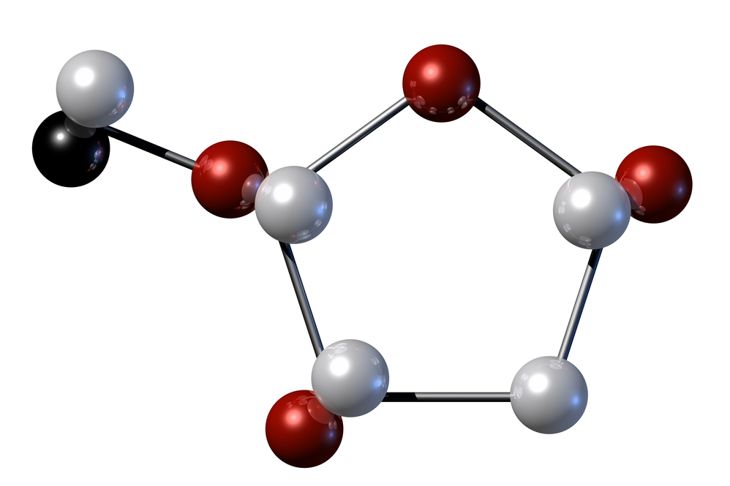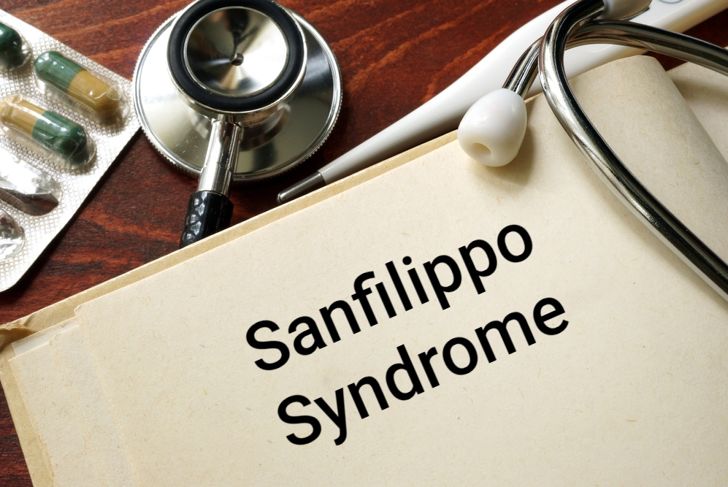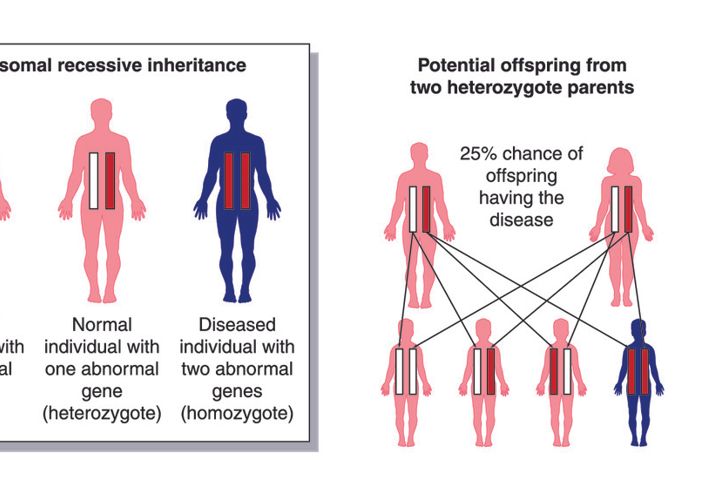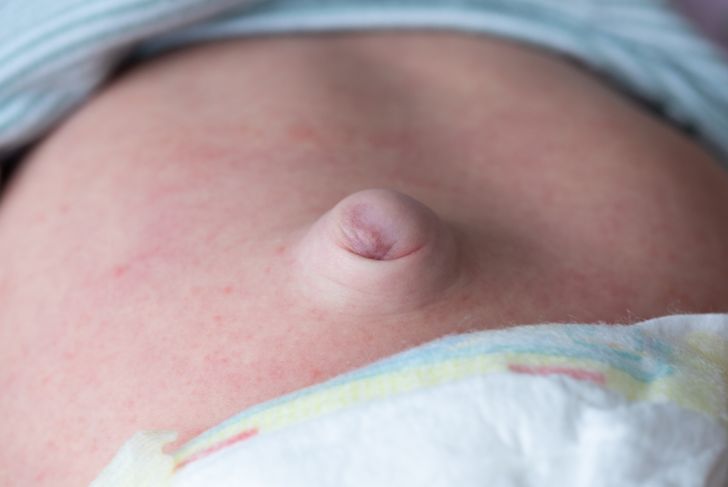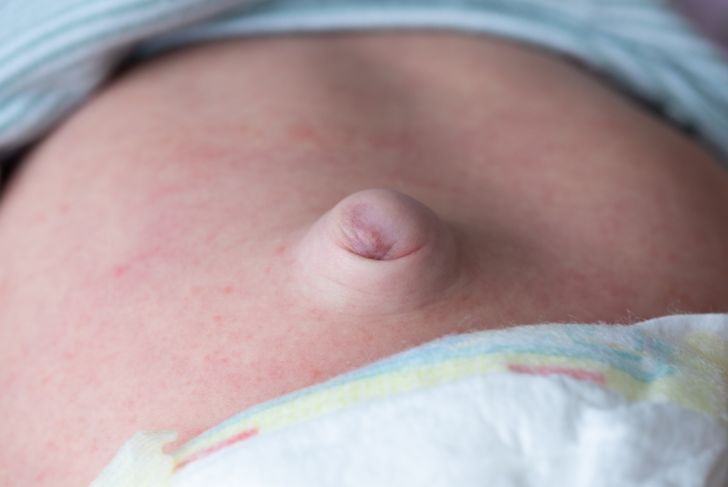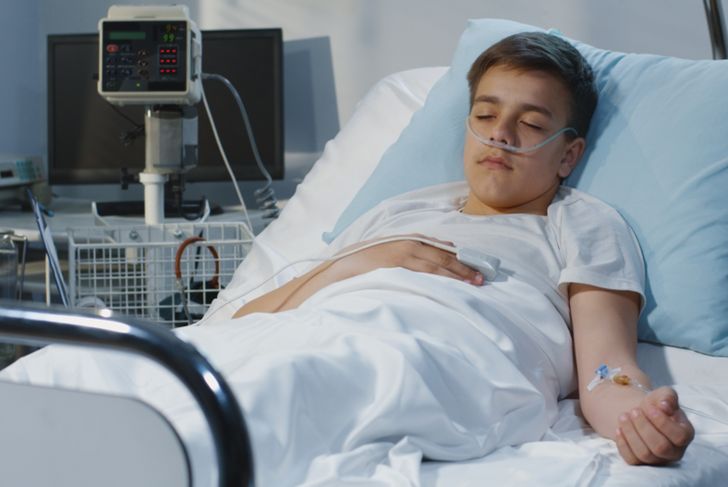Sanfilippo syndrome is a rare genetic error of the metabolism caused by a lack of certain enzymes. This progressive, neurodegenerative disease is also known as Mucopolysaccharidosis III, and it has multiple subtypes. The estimated incidence of all subtypes combined is about one in 70,000 births.
Disease Process
The body uses long-chain sugar molecules for many things, including to help blood clot and build skin and connective tissue. It continuously breaks down and creates more of these sugars. One of these sugars is called heparan sulfate. A child with Sanfilippo syndrome has a genetic mutation that prevents the creation of the enzyme needed to break down heparan sulfate. Without this enzyme, heparan sulfate accumulates in the cells, causing various symptoms.
Subtypes of Sanfilippo Syndrome
The four subtypes of Sanfilippo syndrome are categorized according to the specific enzyme affected by the mutation. Although all subtypes of Sanfilippo syndrome are extremely rare, type A is the most common. Type B is somewhat common, type C is more uncommon, and only a few cases of type D are identified in studies. The symptoms of each subtype overlap, though the severity varies slightly.
Genetics
Sanfilippo syndrome follows an autosomal recessive inheritance pattern. Both parents must carry a copy of the mutated gene for their child to develop Sanfilippo syndrome, though they likely do not have any symptoms themselves. Parents who each carry the mutated gene for Sanfilippo syndrome have a 25 percent chance of having a healthy child, a 50 percent chance of having a child that is a carrier, and a 25 percent of having a child with the disease.
Neurological Symptoms
Babies with Sanfilippo syndrome generally do not have any symptoms at birth, but they begin to develop in early childhood. The first symptoms are delayed speed and behavioral problems, including restlessness, aggression, or anxiety. Sleep disturbances are common, and children with this condition progressively lose their skills and intellectual abilities. As the disease progresses, movement disorders and seizures develop.
Other Signs
Children with Sanfilippo syndrome have a distinctive appearance. Most have a large head, broad nose, and a large tongue and lips; some are short in stature. Other signs of Sanfilippo syndrome include hernias around the belly button or lower abdomen, joint stiffness, hearing loss, and vision problems. They may experience frequent ear and respiratory infections and may have chronic diarrhea.
Diagnosis
Sanfilippo syndrome is rare, so it may be difficult to diagnose. The infant may appear healthy at first, as symptoms do not begin until heparan sulfate starts to accumulate in the cells. Doctors may suspect Sanfilippo syndrome when a child develops significant behavior problems or speech and developmental delays. A urine test can help to confirm a diagnosis.
Sanfilippo Syndrome Behavior Rating Scale
The Sanfilippo syndrome behavior rating scale is a questionnaire designed to assess the symptoms of the condition and how they evolve. The questions rate factors in four clusters of symptoms: movement, lack of fear, executive dysfunction (planning, problem-solving, organization, etc.), and social and emotional dysfunction. An analysis of the results of this scale shows that mood changes tend to level off with age, while things like lack of fear and loss of executive function increase steadily with age.
Treatment
There is no cure for Sanfilippo syndrome. Currently, treatment focuses on symptom management. The goal of any intervention is to improve the child’s quality of life as much as possible for as long as possible. Scientists are actively researching possible cures and interventions, and many families of children with Sanfilippo syndrome seek out clinical trials.
Prognosis
The prognosis for Sanfilippo syndrome depends on the subtype and progression of symptoms, but most children with the disorder live to their mid-teens.One study suggests that children with type A are living longer than in previous decades, but not enough data exists on other subtypes of the disease to make an analysis. The leading cause of death for children with Sanfilippo syndrome is respiratory tract infections, with pneumonia being the most common.
Research and Clinical Trials
Although there is no cure for Sanfilippo syndrome, the research is promising. Clinical trials are ongoing or planned for a variety of treatments, including enzyme replacement therapy and gene therapy. Other potential treatments include medications or supplements to reduce the levels of heparan sulfate in the body by decreasing the amount the body produces.

 Home
Home Health
Health Diet & Nutrition
Diet & Nutrition Living Well
Living Well More
More